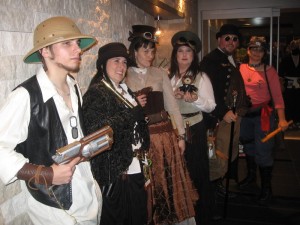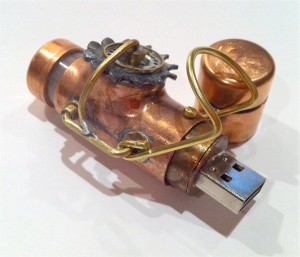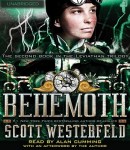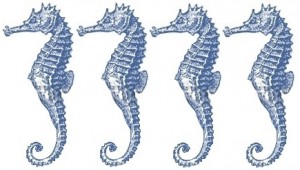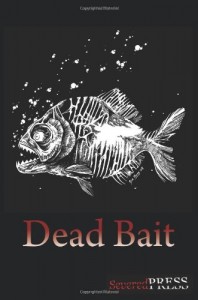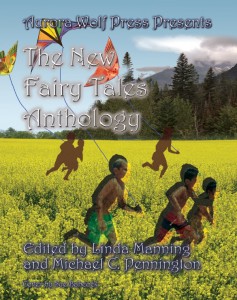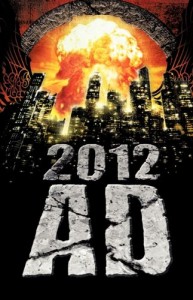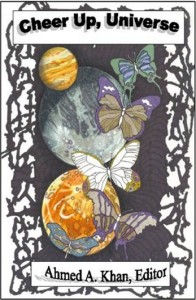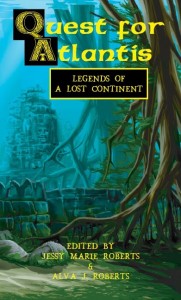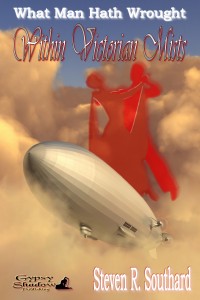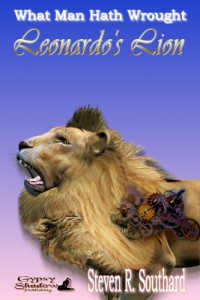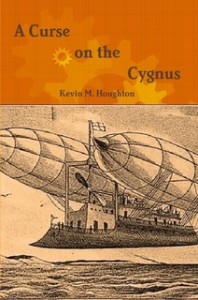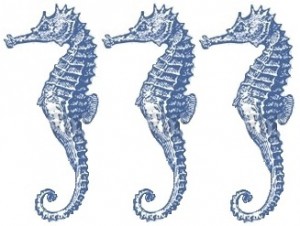Today I’ll explore the reasons why some authors write in only one genre, and why others don’t. If you’re a beginning writer, most likely you picture yourself staying in your favorite genre. Don’t be too sure things will remain that way. When I started, I never imagined I’d write a horror story, or a romance.
Here’s the list of the genres in which I’ve had stories published, along with the stories that apply to each (and yes, some stories reside in more than one genre):
| Science Fiction | “Bringing the Future to You,” “Seasteadia,” “The Finality,” “Target Practice” |
| Alternate History | “Leonardo’s Lion,” “Alexander’s Odyssey,” “The Wind-Sphere Ship,” “The Vessel,” “The Sea-Wagon of Yantai” |
| Steampunk | “Within Victorian Mists,” “The Steam Elephant” |
| Clockpunk | “Leonardo’s Lion” |
| Romance | “Within Victorian Mists” |
| Horror | “Blood in the River” |
| Fantasy | “A Sea-Fairy Tale” |
Consider things from a reader’s perspective. With limited funds and little free time, they’re forced to be selective. They tend to prefer reading in one or two genres, and if two, the pair of genres are often related. Readers seek good, consistent, and dependable authors. Once they discover an author they like, they stick with that one for a time. Readers do not like surprises from authors, either in quality or in change of genre.
From the author’s perspective, there are two needs to satisfy–the reader and the muse. Many authors seek to make money from their writing, and the only way to do that is to delight a lot of readers. Other authors write for their muse, their creative mind. That often causes these authors to dabble in several genres, since the muse is fickle and easily bored by sameness. Since authors are aware of the preferences of readers mentioned earlier, they will sometimes use pen names when they write outside their main genre.
As you might have suspected, I’ve been writing for my muse so far. How have readers been taking to my stories? I get some data from Amazon, but even so it’s hard to tell. Several of my stories are combined with other author’s tales in anthologies, so sales of these anthologies do not necessarily indicate readers like my stories. Only a few of my stories are sold as ‘books’ in their own right. Further, I’m unable to get sales data from Amazon on two of my stories–“Bringing the Future to You” and “Target Practice.”
With the data I was able to gather, I decided to rate my stories by number of sales per year rather than total sales, to account for the different publication dates. Here’s the list, starting with the best-selling:
| Story | Genre |
| “The Finality” * | science fiction |
| “Blood in the River” * | horror |
| “The Steam Elephant” * | steampunk |
| “Within Victorian Mists” | steampunk, romance |
| “A Sea-Fairy Tale” * | fantasy |
| “The Vessel” * | alternate history |
| “Alexander’s Odyssey” | alternate history |
| “Leonardo’s Lion” | clockpunk |
| “The Wind-Sphere Ship” | alternate history |
| “The Sea-Wagon of Yantai” | alternate history |
| “Seasteadia” * | science fiction |
* published in an anthology or magazine
This suggests I should be writing more science fiction, horror, and steampunk if I want to maximize sales. However, sales do not always equal income. The anthologies all paid a single advance, so my earnings from them do not reflect sales.
Still, I’ve decided to continue to follow my muse, and to keep writing under my own name rather than under a pen name. I’ll keep track of story sales as I go. If stories in one genre really take off, then it makes sense to keep riding a winning horse. What do you think of my strategy? What will yours be? It might be very different from that of–
Poseidon’s Scribe


